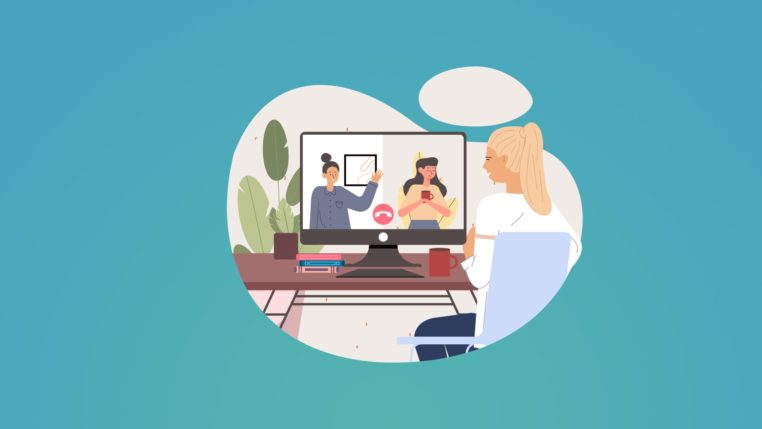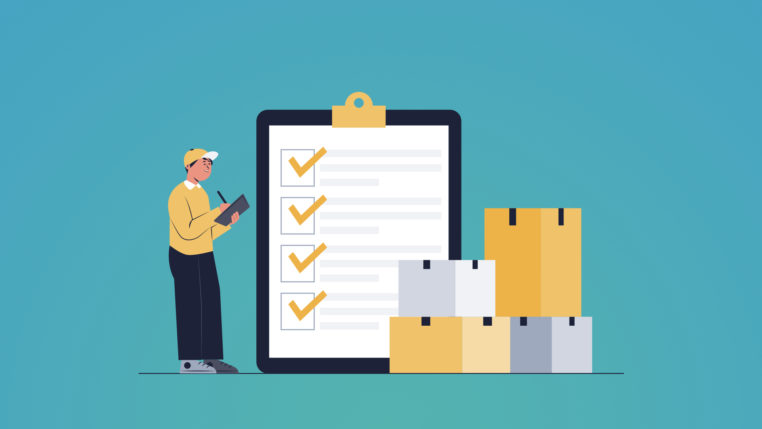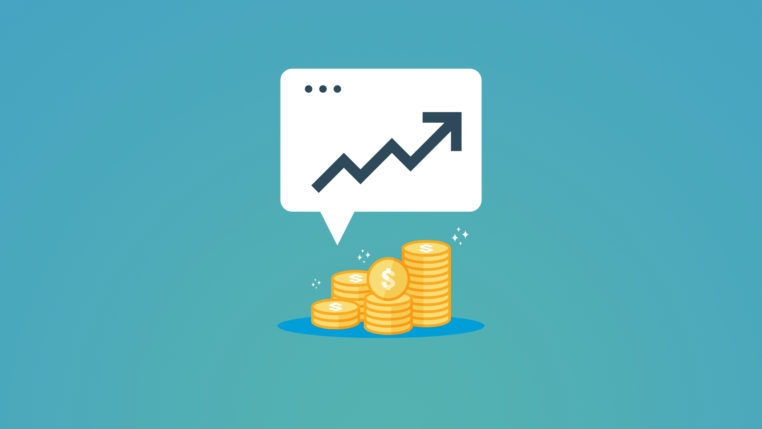8 Eye-opening Ways to Combat Virtual Event Fatigue

Table of Contents
Virtual event fatigue is a real thing that many of us marketers are facing. With the current pandemic, it’s not likely that in-person events will take place in the foreseeable future. So marketers use virtual events as an alternative to in-person events to still generate leads and opportunities.
However, many people are dealing with virtual event fatigue. People are in back-to-back video calls without getting a real break from their screen. They are getting tired and it’s harder to motivate your audience. This has a direct impact on your ability to generate pipeline for your sales team!
Fortunately, there are ways to combat virtual event fatigue so that you can reach your business goals and generate leads for your sales team. Let’s dive right into it.
1. Give your audience something to be excited about
The faith of your virtual event is dependent on what you do before the actual event.
Your first priority is to drive registrations and make sure that people actually show up to your events!
The average no-show percentage for virtual events is 35%
(Markletic, 2020)
This is larger than in-person events where the average no-show percentage is about 20%.
Virtual event organizers are facing an additional challenge: virtual event fatigue.
This means that the work you do before the event to reduce the no-show percentage is even more important.
One way to combat virtual event fatigue and reducing the no-show rate is by giving your audience something to be excited about. This can come in many forms and shapes such as:
- Having an excellent speaker
- Including event entertainment
- Including in-event gamification
Your creativity is the limit. The important factor is that you develop a virtual event that your audience simply cannot miss.
2. Avoid death by PowerPoint
I think we all know this feeling. Sitting in meetings or at events with zero interaction and just starting at slides. Also known as death by PowerPoint.
This is something to avoid at all costs at virtual events. If your agenda is packed with presentations and slides, then your audience will log out.
After all, your audience will be using their laptop to attend your virtual event. As soon as they notice they will be starting at presentations throughout the event, virtual event fatigue will kick-in.
This simply means that your audience will start doing something else such as answering emails. Avoid long presentations during virtual events and keep things interactive, which brings me to my next point.
3. Plan for interaction
Let’s say you’re going to bake a cake. Without flour, it will be difficult to make a cake that people will remember.
Well, audience interaction is like flour to a cake: without it, it won’t be successful.
In your virtual event marketing plan, you need to include audience interaction. How are you going to make sure that your audience is engaged and that they can talk with other people?
The most important benefit of events in B2B marketing is the ability to network. If you take this element away, the importance of the event is questioned.
If you want to convey information, you can simply just email them the slide deck.
The benefit of events is the ability for people to interact with each other and share knowledge.
You can combat virtual event fatigue by ensuring your audience is engaged at all times. People like to talk to each other and they like to participate.
Here are some ways to make your virtual events interactive, and here are some virtual event icebreakers.

4. Create an inclusive experience
When you’re fully engaged and included in an activity, you’ll find it much more enjoyable. People like to feel included.
B2B sales are all about relationships and adding value to people and companies.
Focus on making your prospects feel special and included in the program. After all, they are making time available to attend your event.
You can overcome virtual event fatigue by making people feel important; because they are.
Start by making your audience feel included prior to the event. Ask their opinion and what they want to get out of the event. Give them an opportunity to provide feedback so the event content is more relevant.
Trust me, they will appreciate this and they will be much more inclined to join your virtual event. Audience inclusion combats virtual event fatigue.
5. Maximize audience engagement
Audience engagement comes in many forms and shapes. With virtual events, the most common form of audience engagement is through polling.
It’s an effective way to involve your audience in the virtual event. However, audience engagement should be part of your event plan throughout the full event journey.
This means that you should start engaging your audience before the event, during, and after the event.
Essentially, this means that you are taking your audience through a journey.
If you pull this off, people will love it and gladly join your virtual events.
The level of audience engagement you can pull off will depend on your marketing budget. For larger virtual events, I can imagine that there is a larger budget for engagement. In that case, you can think of things such as:
- Hiring a magician to perform a virtual show;
- Hiring an artist that draws caricatures of your audience while they wait for the next session;
- Virtual bingo sessions;
The sky's the limit. The important part is that you keep your audience engaged to reduce virtual event fatigue.
Check out this article of mine with 5 Creative Virtual Event Audience Engagement Ideas.
6. Implement breaks to overcome virtual event fatigue at longer events
Event organizers are scared of breaks when it comes to virtual events. And this is for good reasons:
- The audience might leave and not come back;
- Your audience will be too distracted with email, for example.
However, especially at larger virtual events, don’t be afraid to schedule breaks into the program.
People need to go for a walk to get the blood moving and get a coffee. Variation is very important to combat virtual event fatigue.
There are some strategies that you can implement to make sure people return to your event after the break.
The most important one is to implement a cliffhanger. Right before the break, announce something that you will cover after the break that they simply cannot miss.
For example, if you are hosting a virtual roundtable session, tease the customer story that everyone wants to hear before the break. People will be sure to come back after the break to learn from your customer.
If you are looking to host your own virtual roundtable session, take a look at this guide that I made.
7. Look for alternative ways to deliver your message
Perhaps it’s a good idea to start thinking outside of the box. Let’s say your audience is C-level, it’s safe to say that they will have a large proportion of their day in video calls.
Naturally, they are decision-makers so you want them to attend your virtual events. However, with virtual event fatigue rising, perhaps there are other ways to deliver your message.
You should analyze if you can package up your virtual event and deliver the value in alternate ways such as through podcasts.
If you transform your virtual event in a dedicated podcast, then people can go for a walk while listening to your message.
If you want to keep the possibility for interaction, you can also decide to set up a conference call, but without video.
This way, people can take a walk while participating in the event. If you communicate this before the event, you might be able to create a unique experience that they will appreciate.
If you are hosting larger virtual events, instead of hosting your event on 1 day for 8 hours, cut it up in smaller pieces and deliver the event over the course of 4 days, 2 hours each day.
This makes it easier for your audience to process the information and combats virtual event fatigue.
Moreover, if you decide to host your virtual event across multiple days, then there is a heap of possibilities that you can implement to take your audience through a journey.
You can send them lunch, dinner, you can have different themes each day. The possibilities are endless.
8. Schedule virtual events in the morning
How many times did you sit down with your team and asked: what’s the ideal starting time for a virtual event?
I get this question almost on a daily basis.
Typically, people have the best attention span in the morning.
Imagine a day with back-to-back calls and then having to join a virtual event. It wouldn’t be a pleasant experience.
Instead, to combat virtual event fatigue, host your virtual events in the morning.
The best time is after 10 o’clock in the morning. Companies and teams typically have daily meetings first thing in the morning. This is important for them and they’re often scheduled at around 9 o’clock.
So by scheduling your virtual event at 10 o’clock, your audience can participate in their daily meetings and then participate in your virtual event. This way, your audience is not fatigued.
As for the best days, that appears to be Wednesdays.
Are virtual events worth it? Well, that is for you to decide together with your team. In any case, you will need to set KPIs to measure the success of your virtual events.
Take a look at my shortlist of the best 10 virtual events KPIs to measure success.
Share this article



